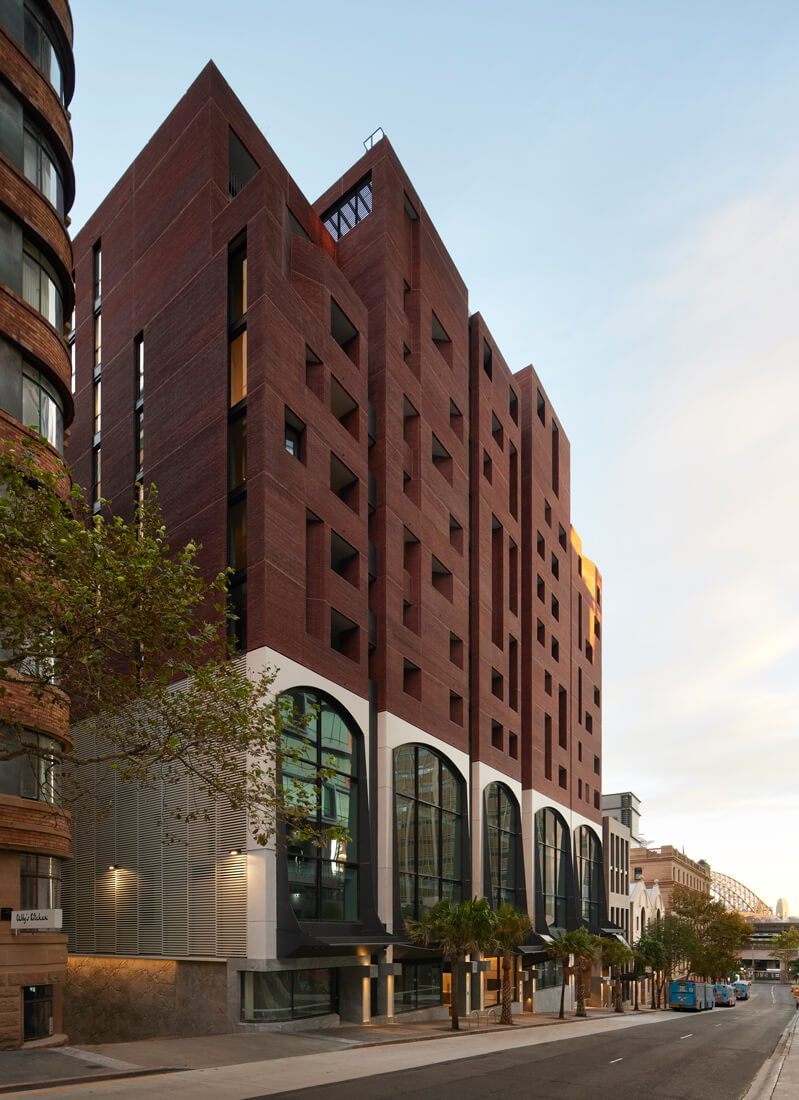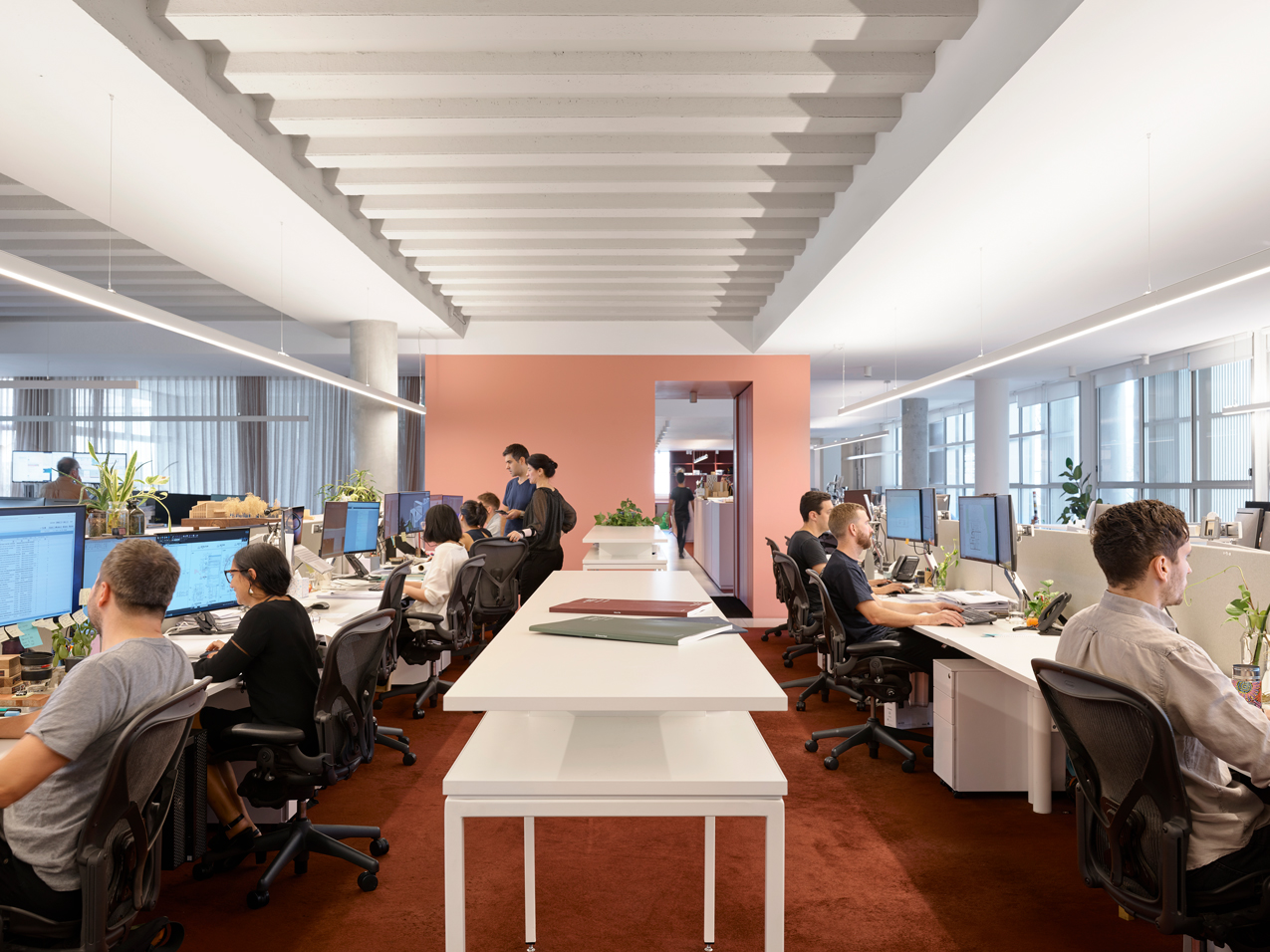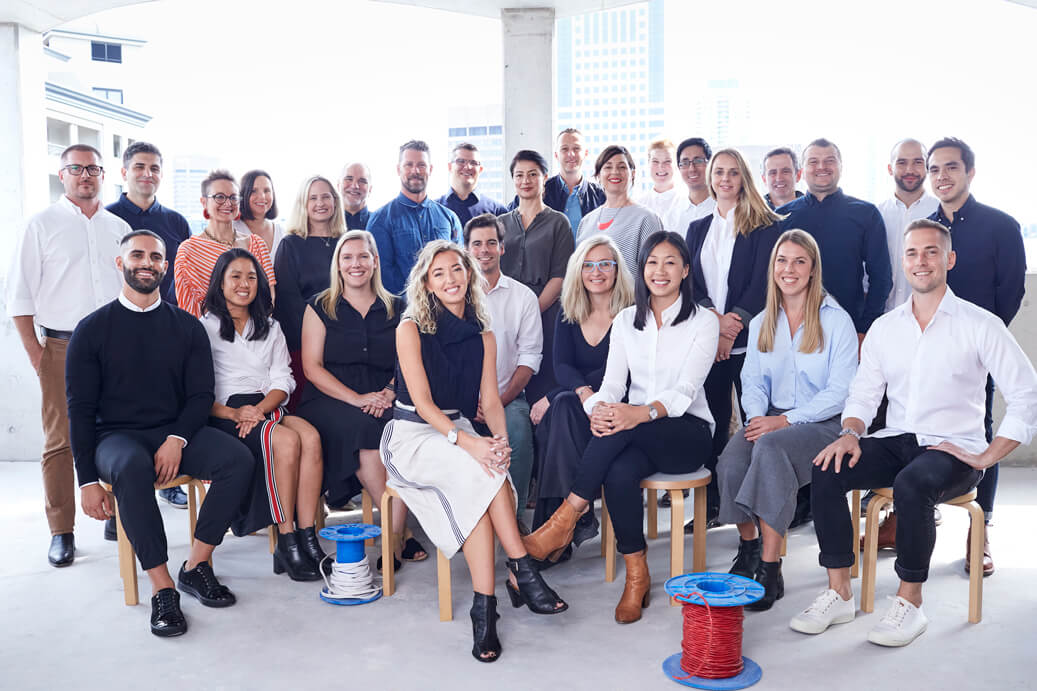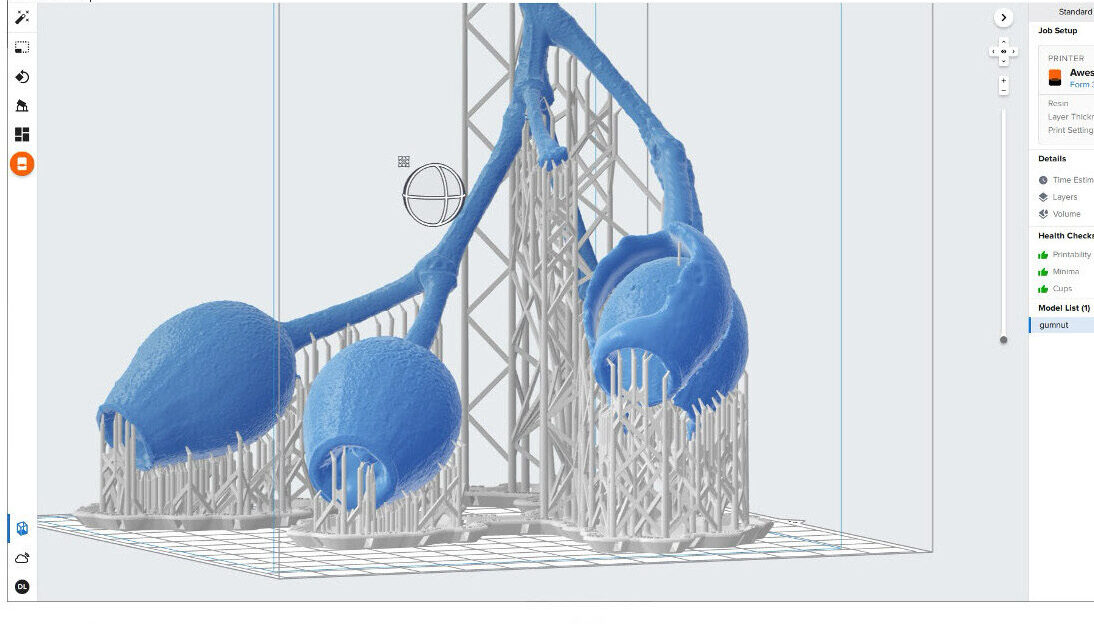SJB is certified carbon neutral
Director Adam Haddow sat down with the Australian Institute of Architects to chat about the power of everyday decisions and leveraging the collective.
Going carbon neutral was a no brainer. There was resounding support from everyone in the offices, which also meant that gathering the required information was really efficient. We initiated the process by inviting members of our team to form a working group that calculated our carbon footprint, identified where we were spending carbon and how we could curtail that as quickly as possible. We wanted to pinpoint the changes we could make in our office culture, with a view to reducing the amount of carbon we produce in the first place.
We’ve noticed that because everyone’s activities are tied to it, our carbon neutral certification has reminded the whole team about the power of everyday choices. It’s a tip of the iceberg kind of thing that makes people realise that there are so many decisions we make each day as architects where we can have a more positive impact. Going carbon neutral creates a framework to think about those things and provides a responsive structure to track our progress year on year.


One of the most noticeable shifts in the design thinking in our studio since going carbon neutral has been in the materials we’re specifying. When you’re thinking about materials in terms of their carbon footprint you often rely on materials and products that are produced close to where they’re going to be used and in that, you’re supporting local communities. It’s often difficult when you’re sourcing products internationally to be sure of the labour conditions, where it’s sourced from and how it gets here. But if we buy our bricks from a local supplier, we know the business owners and their teams, we can talk to them about their own values around creating more sustainable building products and then we know that through specifying those products we’re investing in other businesses in the industry who are working towards carbon neutral.
We’re always stronger as an industry when we work collectively on these bigger picture issues. If I’m talking about the need for organisations to go carbon neutral, I know other large firms will be as well. I’m happy to be part of that broader conversation as it’s one of those things that we can be collaborating on. If we go carbon neutral collectively it creates leverage that can influence the future direction of the built environment.
Our commitment to climate action
The Australian Institute of Architects is supporting all members in their shift to becoming carbon neutral – it’s the simplest step towards reaching zero.




